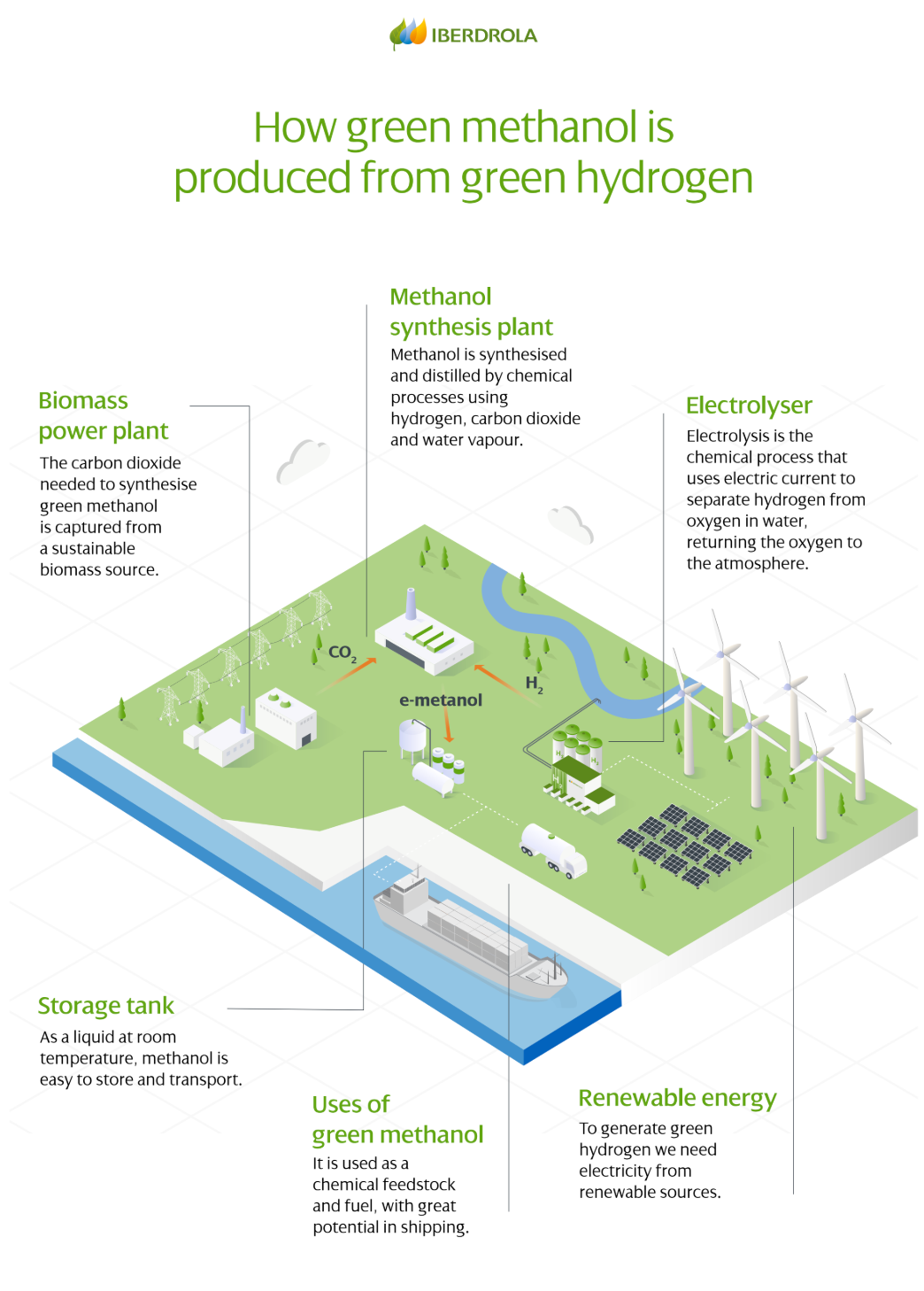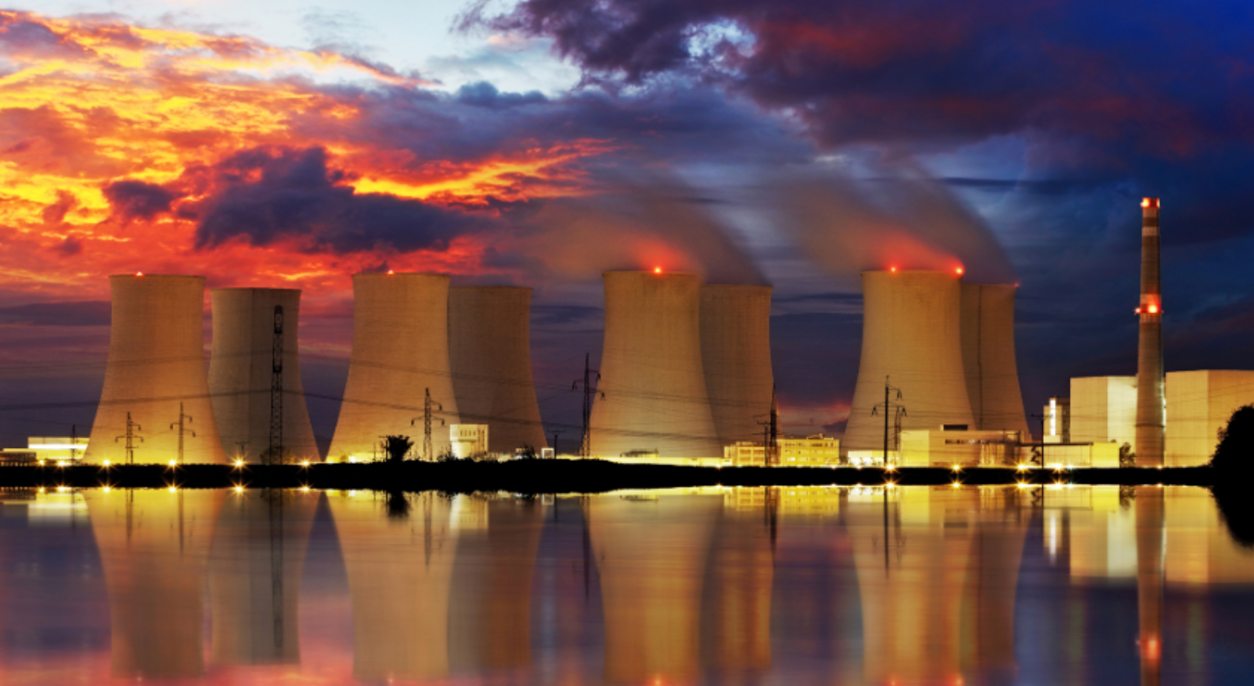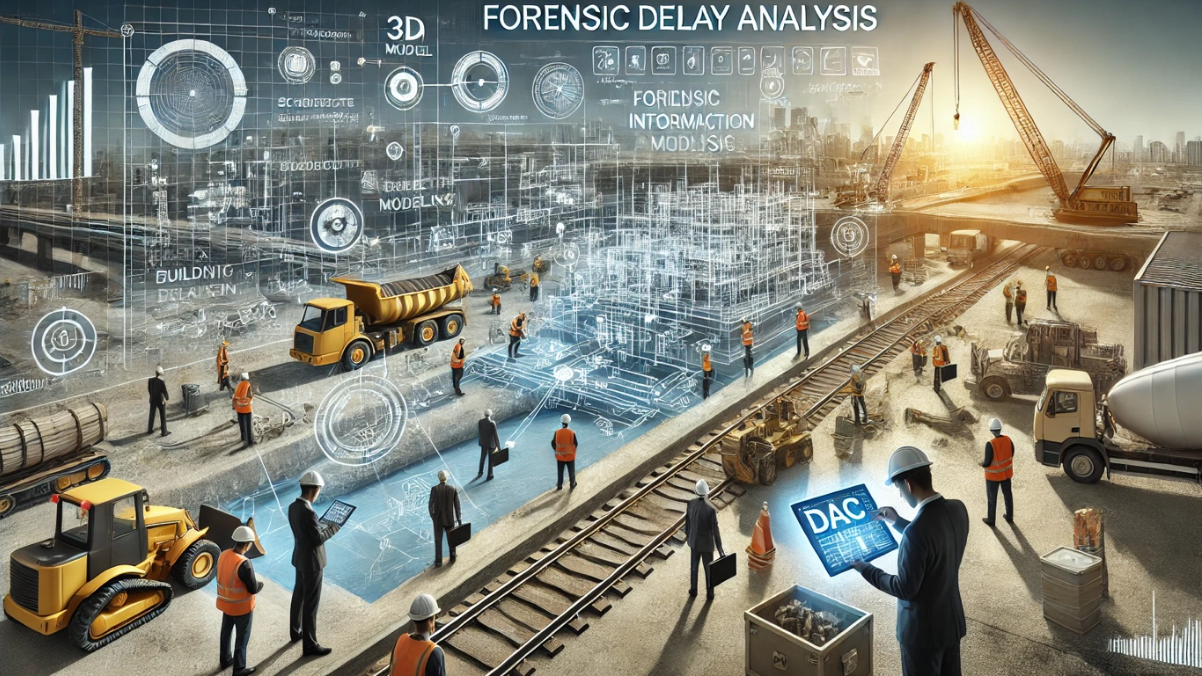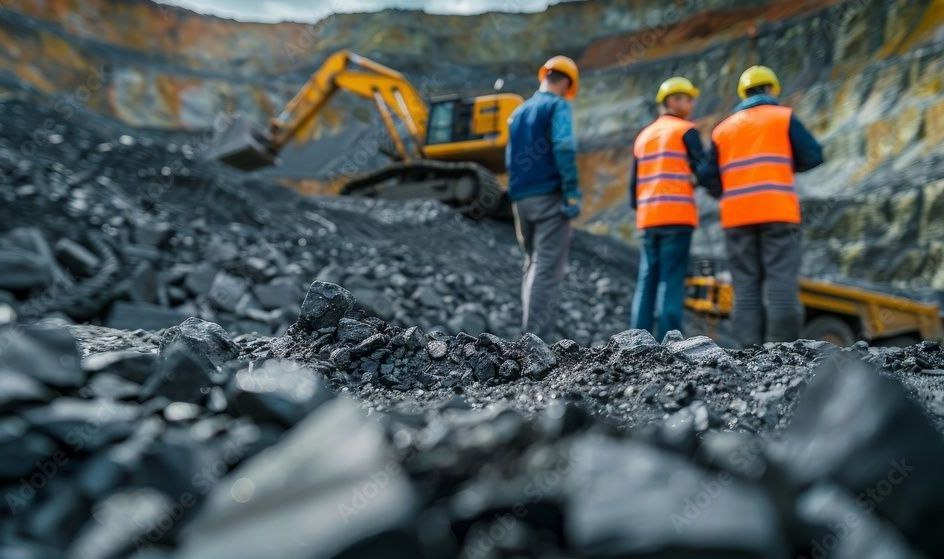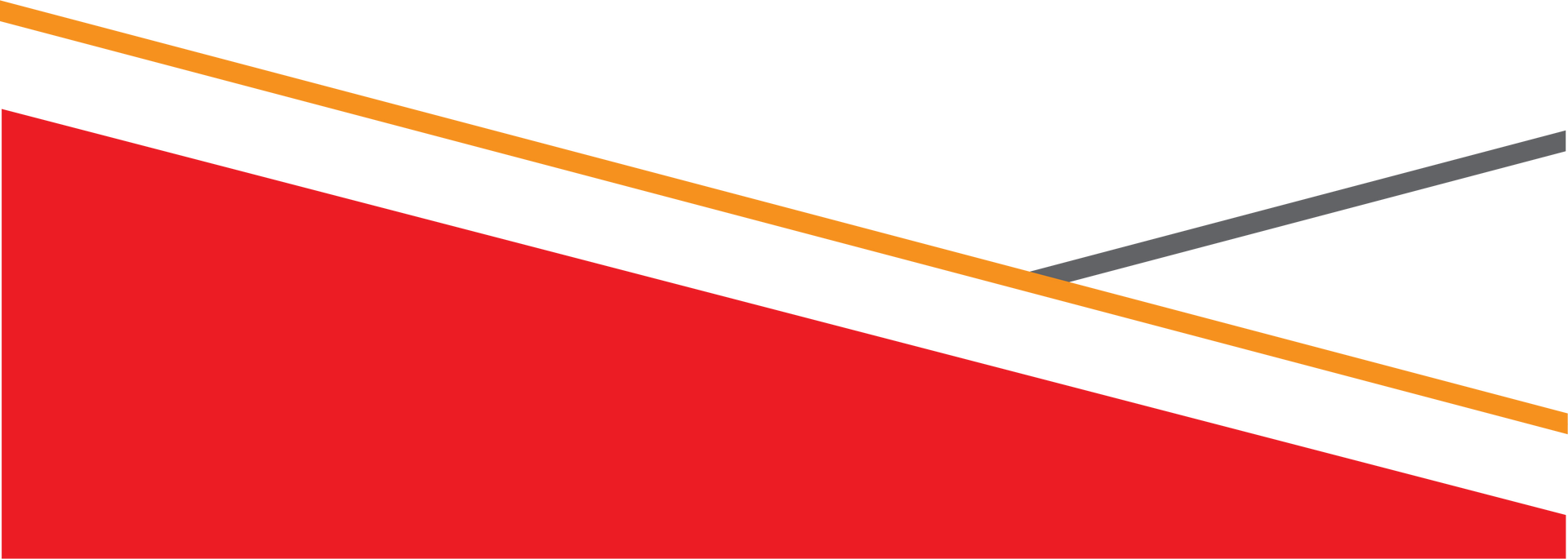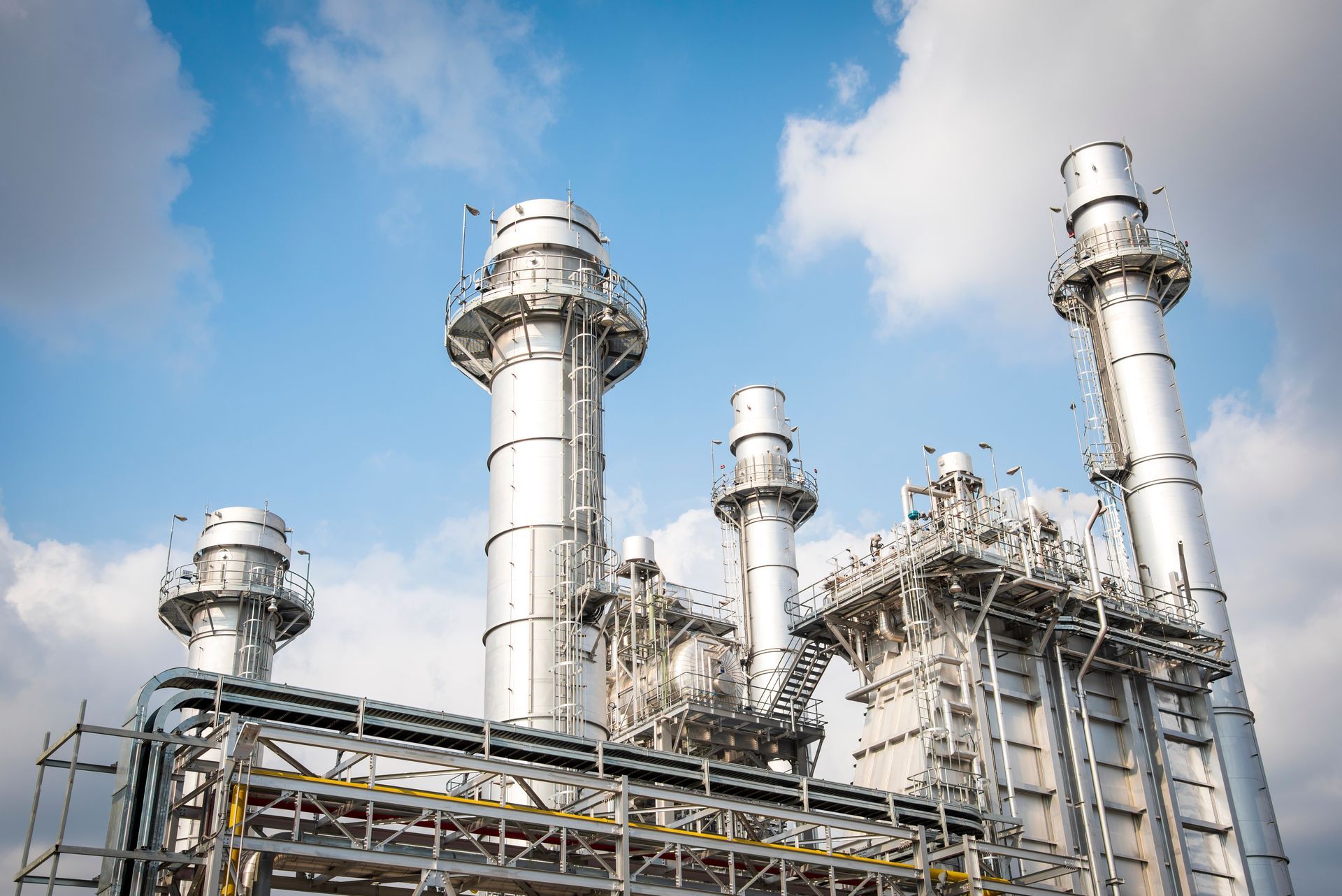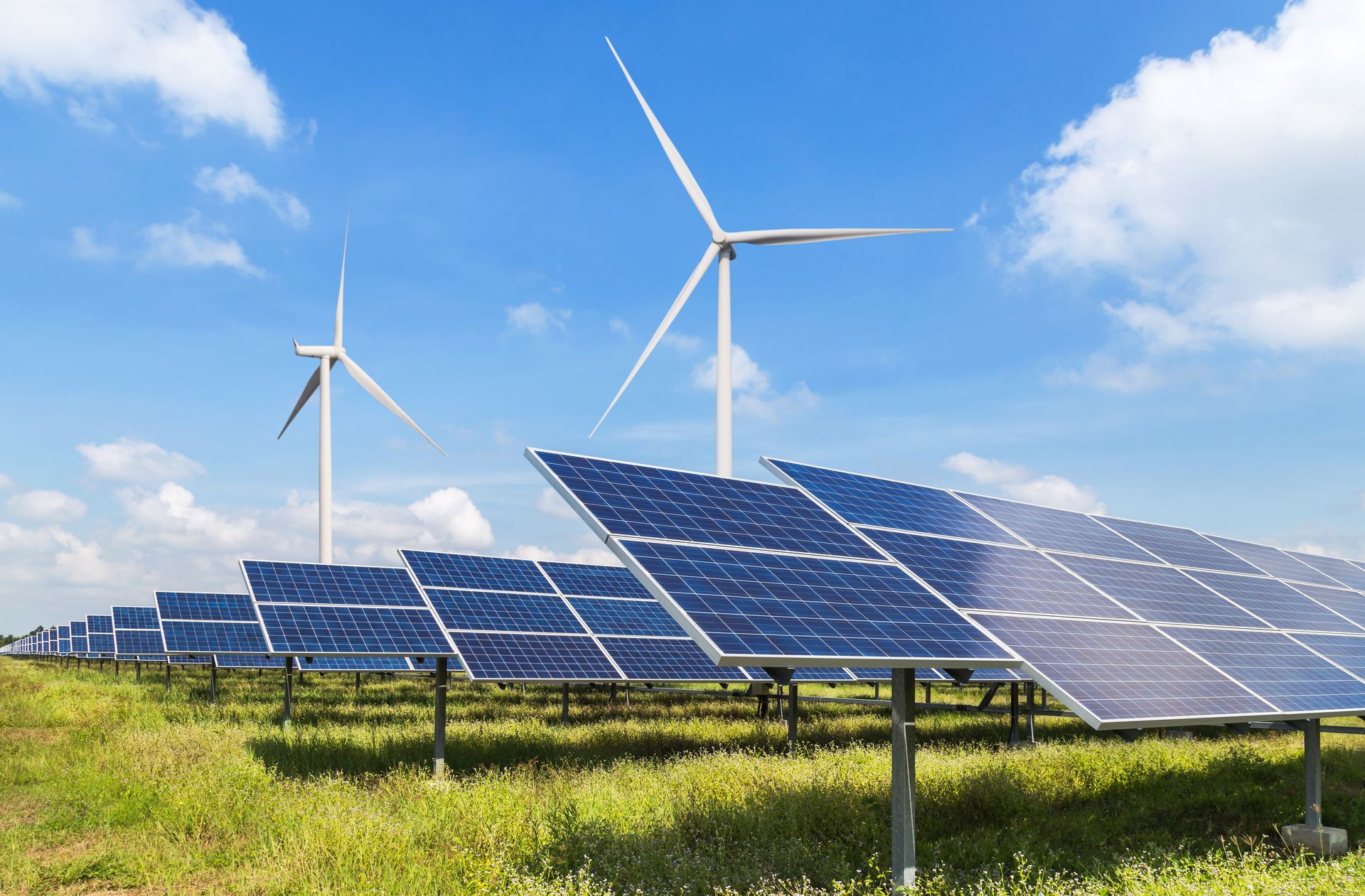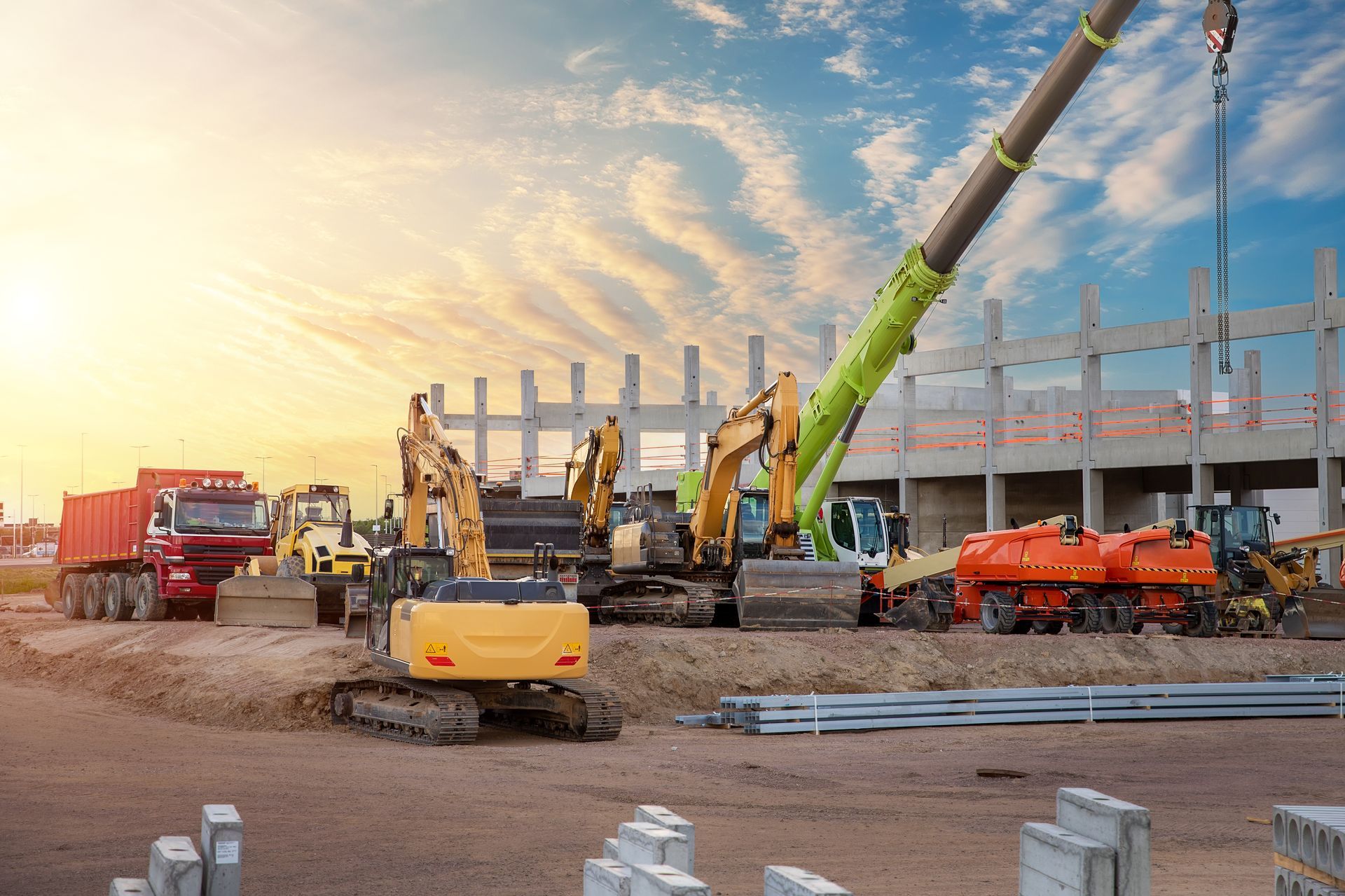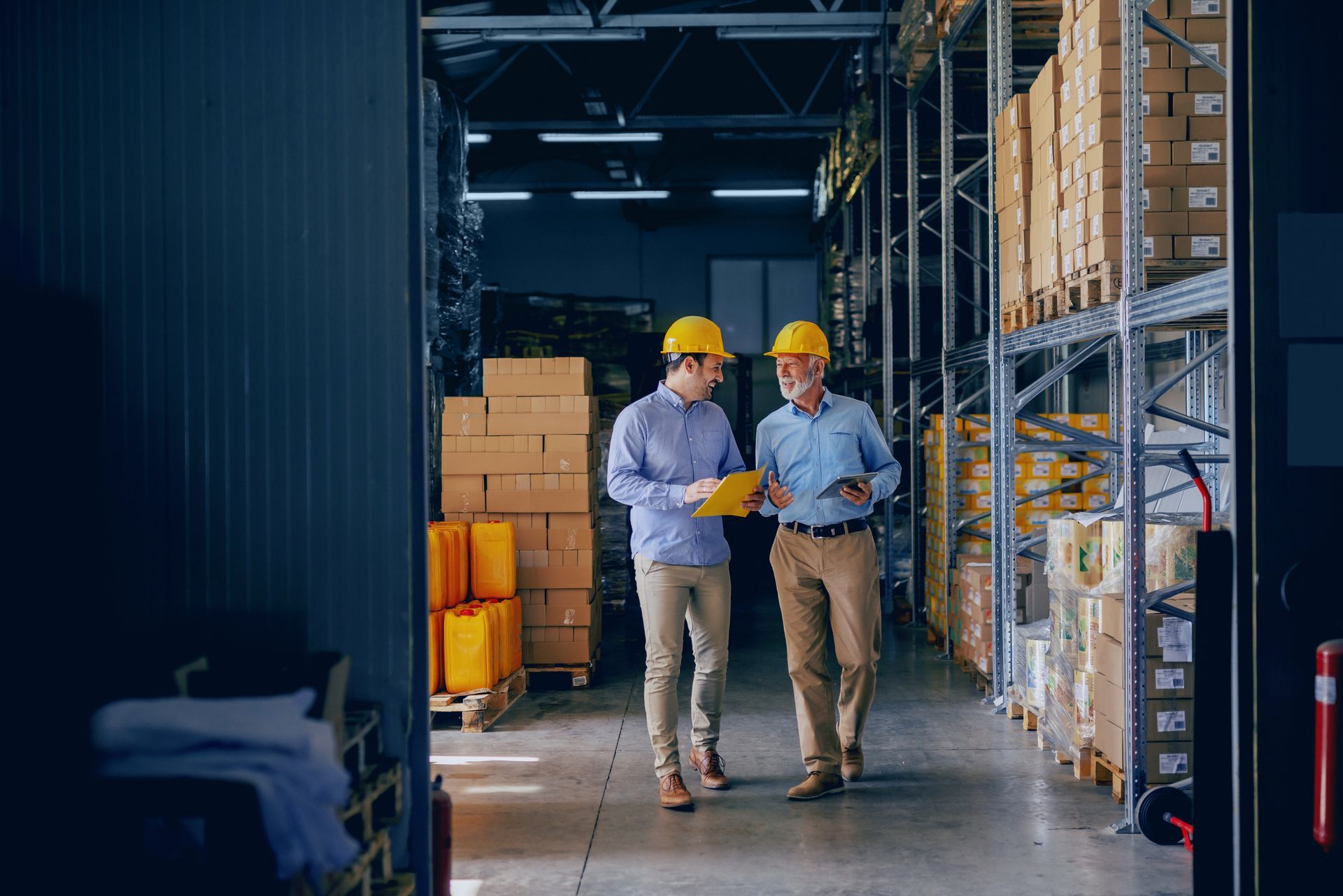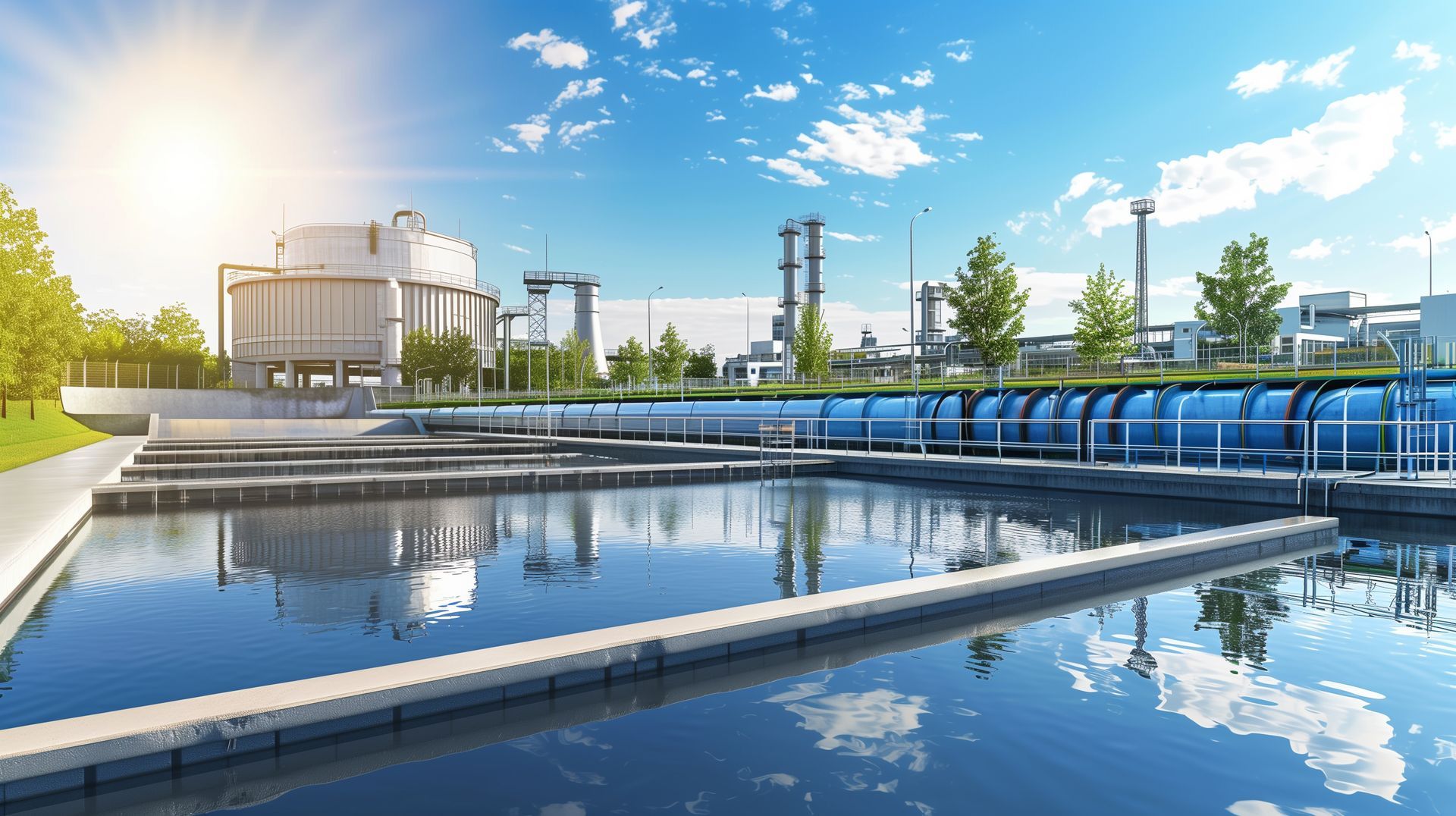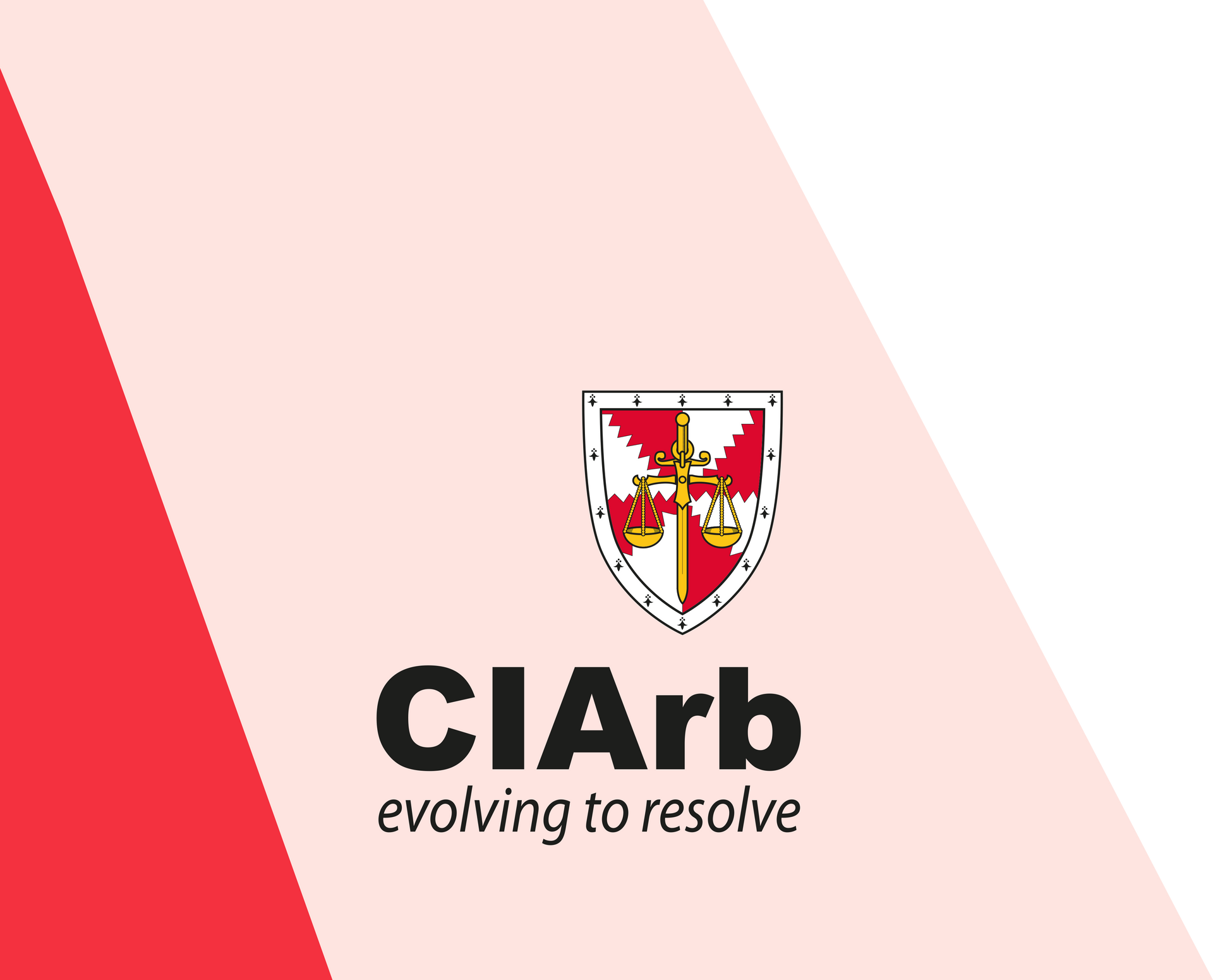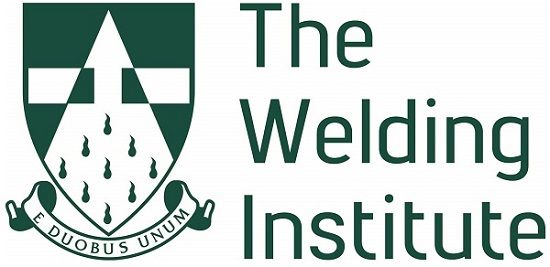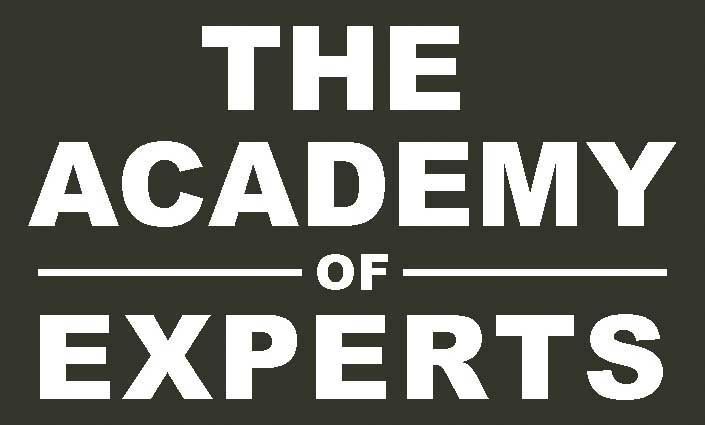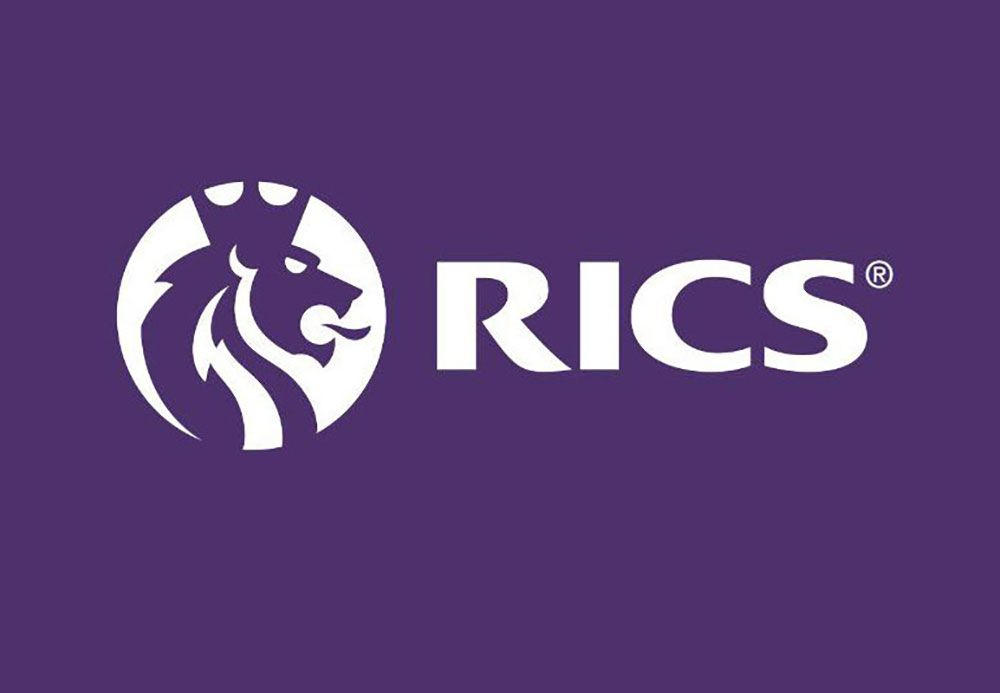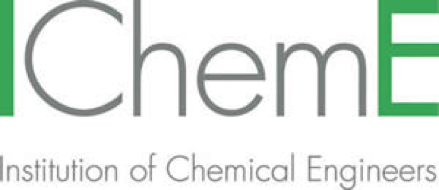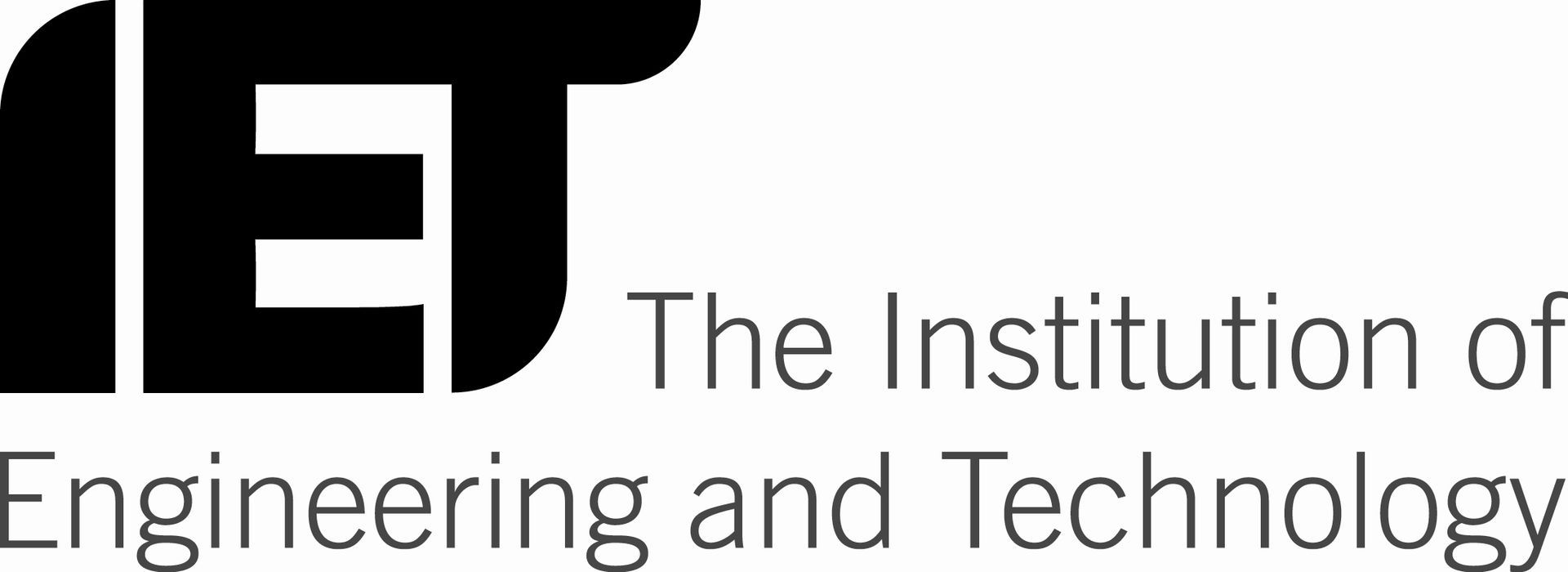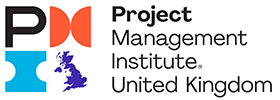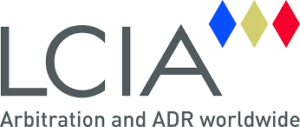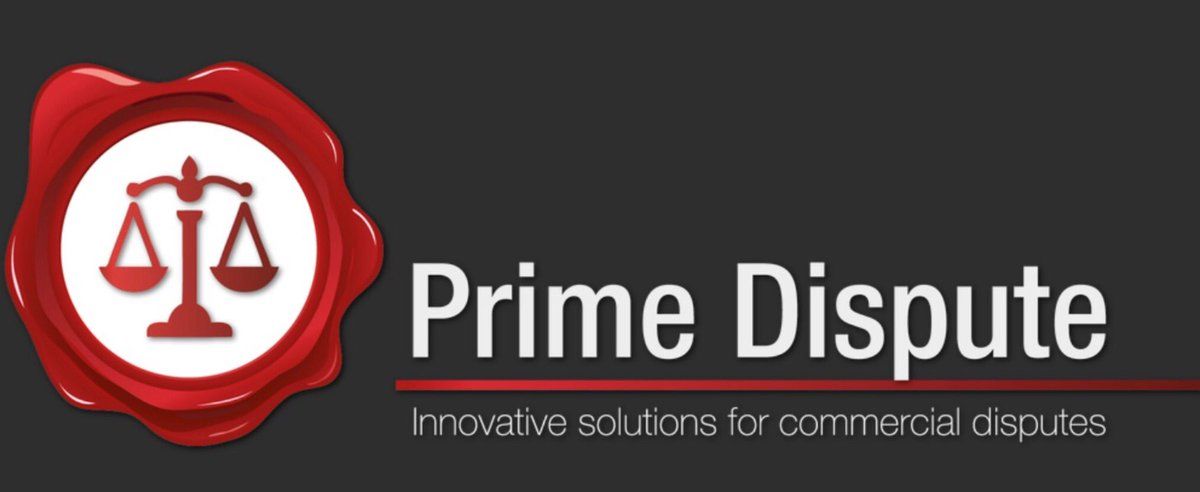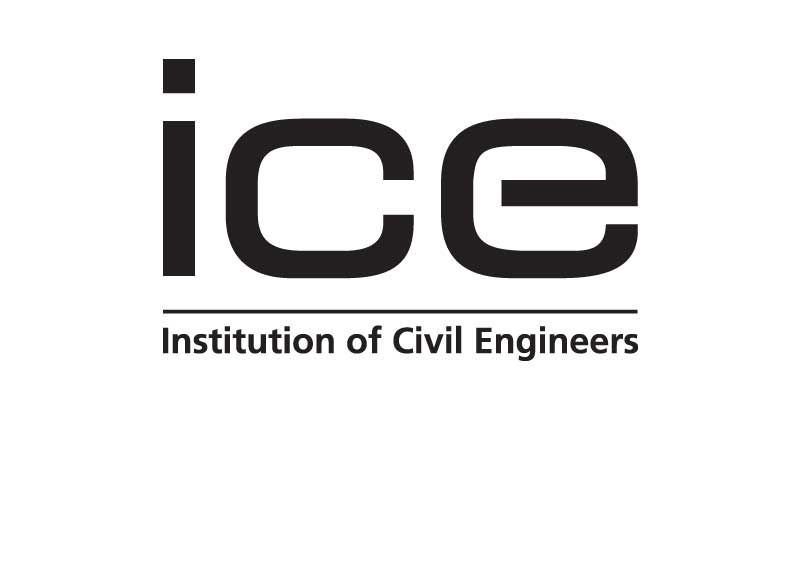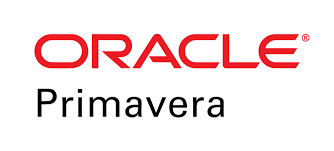19 February 2017
The Industrial internet of things is revolutionising the way machines operate and the way we interact with them. From a Forensic Engineering perspective it is quite exciting what is happening and how much large corporations such as GE and Siemens are investing in retrieving raw operational data from critical pieces of equipment, offering live monitoring of large amounts of data, and especially providing a quicker and more efficient response to their clients in order to minimise business interruption periods and general costs by offering real time solutions.
This is happening now and within the next 10 years, in my opinion, the cost of digitalisation and remote monitoring of refineries, power plants, and large industrial factories will be more accessible, common, and hopefully free of cyber-attacks.
In a recent visit to a steam turbine manufacturer in Germany I was able to witness and fully utilise a virtual reality programme designed to inspect a large turbine and generator and fully visualise from a room all its components and how these interconnect. This type of approach will initially help for training purposes but it will eventually be designed for fault-finding to later minimise site inspections and provide better remote technical assessments to speed up the troubleshooting and especially procurement processes.
Insurers should for certain appreciate and endorse these investments as this approach will help in reducing overall costs in major loss claims worldwide (especially in remote locations) to an industry that emerges slowly and in my view is way too reactive rather than proactive. I know and will continue to write about many ways that such a brilliant industry such as the insurance one can save multimillion-dollar costs by adapting to new technologies and moving hand to hand with the engineering and technology industries through the digitalisation era.
Katia Moskvitch writes in the E&T Magazine about this in her article “When machinery chats” and makes an interesting reference to ThyssenKrupp’s recent IIoT system to improve the servicing of lifts worldwide. This type of approach will have to be adopted by us Forensic Engineers in the near future in order to facilitate the understanding of root cause investigations and certainly the extent of damage and reinstatement assessment when large energy and industrial losses arise.
Essentially, by being able to analyse raw data from critical machines such as turbines, generators, transformers, pumps, compressors, and many others we could provide the insurance market with a much better understanding of the root causes of different types of damages and help them in channelling the loss adjusting interpretations and decisions in a much more sensible and accurate way.
Daniel A. Correa ,
CEng, MIET, MIMechE, MPD, ACIArb
The post The Industrial Internet of Things (IIoT) appeared first on DAC Consulting.









